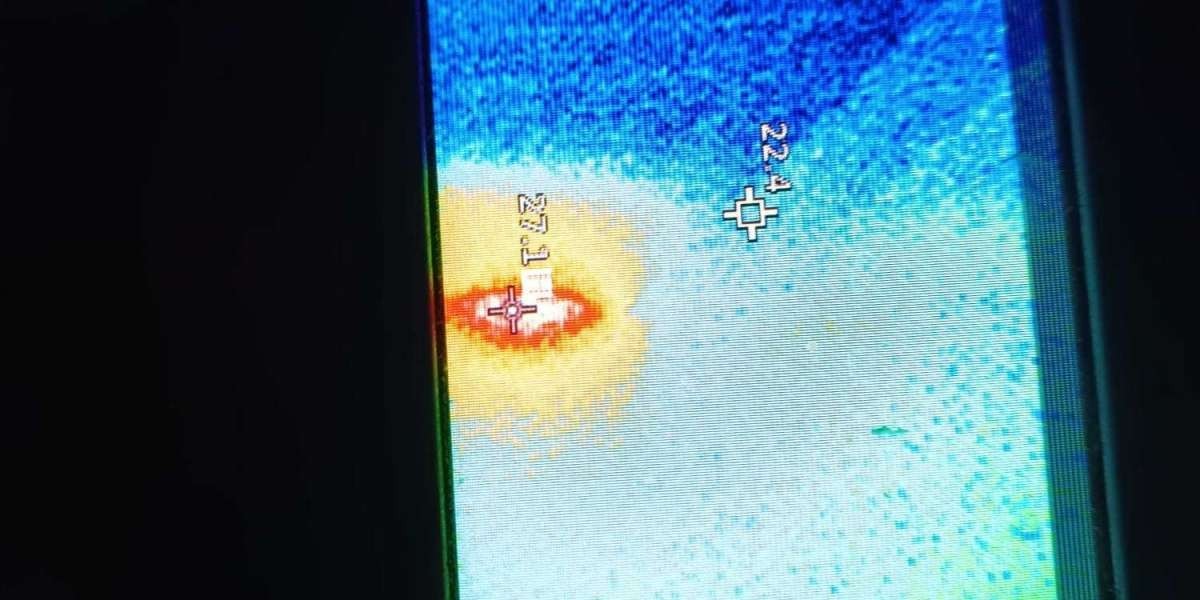In today’s hyper-connected digital era, wireless technology underpins everything—from smartphones and smart homes to industrial automation, IoT devices, and autonomous vehicles. Ensuring these devices perform efficiently, safely, and within regulatory limits is where wireless testing comes into play. This process verifies that wireless devices meet international standards for performance, electromagnetic compatibility (EMC), and safety before they reach consumers.
This article explores the fundamentals of wireless testing, its importance, types, testing standards, and how it helps manufacturers achieve compliance and market access.
What Is Wireless Testing?
Wireless testing is the process of evaluating and certifying devices that use radio frequency (RF) technology to communicate without physical connections. It ensures that products using Wi-Fi, Bluetooth, cellular, Zigbee, NFC, and other wireless protocols operate properly and do not interfere with other wireless devices or networks.
Testing is conducted in specialized laboratories using advanced measurement equipment to assess parameters such as frequency range, power output, data transmission quality, and signal integrity.
Essentially, wireless testing ensures two key outcomes:
Compliance – The device meets regulatory requirements for RF emissions, safety, and interoperability.
Performance – The product performs reliably in real-world environments with minimal interference and maximum connectivity.
Why Wireless Testing Matters
The rapid expansion of connected devices worldwide has made wireless testing more crucial than ever. According to industry estimates, there are over 30 billion connected devices globally, and this number continues to grow exponentially.
Here are some key reasons why wireless testing is essential:
Regulatory Compliance: Every country enforces strict regulations for wireless communication to prevent interference and ensure safety. Without certification, products cannot be legally sold.
Device Reliability: Testing verifies that devices can maintain stable connections and consistent performance across various operating conditions.
Interoperability: Devices must communicate seamlessly with other wireless systems and networks.
User Safety: Testing ensures that devices emit radiation within safe exposure limits, protecting users’ health.
Brand Reputation: A malfunctioning wireless device can damage a company’s credibility and result in costly recalls.
Key Aspects of Wireless Testing
Wireless testing encompasses several disciplines, each focusing on different parameters and technologies:
1. RF (Radio Frequency) Testing
This evaluates the radio performance of a wireless device, ensuring it operates on correct frequencies and within permitted power levels. RF testing checks parameters such as transmit power, spurious emissions, frequency stability, and bandwidth.
2. EMC (Electromagnetic Compatibility) Testing
EMC testing ensures that wireless devices do not generate excessive electromagnetic interference (EMI) and can function properly in the presence of external RF disturbances. This prevents cross-interference between multiple devices operating in proximity.
3. SAR (Specific Absorption Rate) Testing
SAR testing measures the rate at which the human body absorbs RF energy from a wireless device. It ensures that the radiation emitted by smartphones, wearables, and other devices is within safe exposure limits.
4. Wireless Protocol Testing
This type of testing evaluates communication protocols such as Wi-Fi, Bluetooth, LTE, 5G, Zigbee, and LoRaWAN. It checks whether the device conforms to the standard specifications and communicates effectively within a network.
5. Environmental and Reliability Testing
Wireless devices are tested under various temperature, humidity, and vibration conditions to ensure durability and consistent performance in real-world environments.
Global Wireless Testing Standards and Certifications
Wireless devices must comply with various international standards before entering different markets. Below are some of the most common certification schemes:
FCC Certification (United States): The Federal Communications Commission (FCC) regulates all RF devices sold or marketed in the U.S. It ensures devices do not cause harmful interference and comply with Part 15 of FCC rules.
CE Marking (European Union): Indicates that a product meets EU directives related to safety, EMC, and radio equipment under the Radio Equipment Directive (RED).
ISED Certification (Canada): Issued by Innovation, Science, and Economic Development Canada to ensure wireless devices comply with Canadian radio standards.
MIC Certification (Japan): Overseen by the Ministry of Internal Affairs and Communications for wireless devices sold in Japan.
KC Certification (South Korea): The Korea Certification mark ensures compliance with national EMC and RF standards.
UKCA Mark (United Kingdom): Post-Brexit, the UK Conformity Assessed mark replaces CE marking for products sold in the UK market.
Each region has specific testing requirements, but most share similar technical principles, allowing for streamlined global approvals through mutual recognition agreements (MRAs).
The Wireless Testing Process
The wireless testing and certification process involves several critical steps:
Product Evaluation: The device design and wireless features are reviewed to determine applicable standards and required tests.
Pre-Compliance Testing: Conducted early in development to identify and correct potential compliance issues before formal testing.
Laboratory Testing: Accredited testing labs perform detailed RF, EMC, SAR, and protocol tests using calibrated equipment.
Documentation and Reporting: Test results, technical files, and compliance reports are prepared for submission to certification authorities.
Certification and Labeling: Once approved, the product receives certification (FCC ID, CE mark, etc.) and can be legally marketed.
Ongoing Compliance: Manufacturers must maintain compliance for future production batches and may need periodic retesting if design changes occur.
Challenges in Wireless Testing
While essential, wireless testing presents several challenges for manufacturers and engineers:
Complex Standards: Global certification requires navigating multiple regulatory frameworks.
Evolving Technologies: Rapid advancements in 5G, IoT, and Wi-Fi 7 introduce new testing requirements.
Integration Density: Modern devices combine multiple radios (Bluetooth, Wi-Fi, Cellular), increasing interference risks.
Time and Cost: Testing and certification can be time-consuming and expensive without proper planning.
To overcome these challenges, manufacturers often partner with accredited testing laboratories and compliance experts who specialize in wireless certification and regulatory strategy.
The Future of Wireless Testing
As connectivity becomes the backbone of modern technology, wireless testing will continue to evolve. Emerging trends include:
5G and 6G Validation: Advanced networks demand rigorous testing for ultra-low latency and high-speed communication.
IoT Ecosystem Testing: Billions of IoT devices require new test methodologies for interoperability and energy efficiency.
AI-Driven Testing Automation: Artificial intelligence and machine learning are streamlining test processes, reducing time and errors.
Cybersecurity Compliance: Future standards will integrate security testing to ensure data protection in connected environments.
Conclusion
Wireless testing is a cornerstone of modern product development, ensuring that devices operate safely, efficiently, and compliantly in a world dominated by wireless connectivity. From smartphones and smart homes to industrial automation and next-generation networks, the reliability of wireless technology depends on rigorous testing and certification.
By adhering to global testing standards and partnering with accredited labs, manufacturers can achieve faster time-to-market, regulatory compliance, and enhanced product performance—ensuring that connectivity remains seamless, safe, and dependable in our increasingly digital world.







